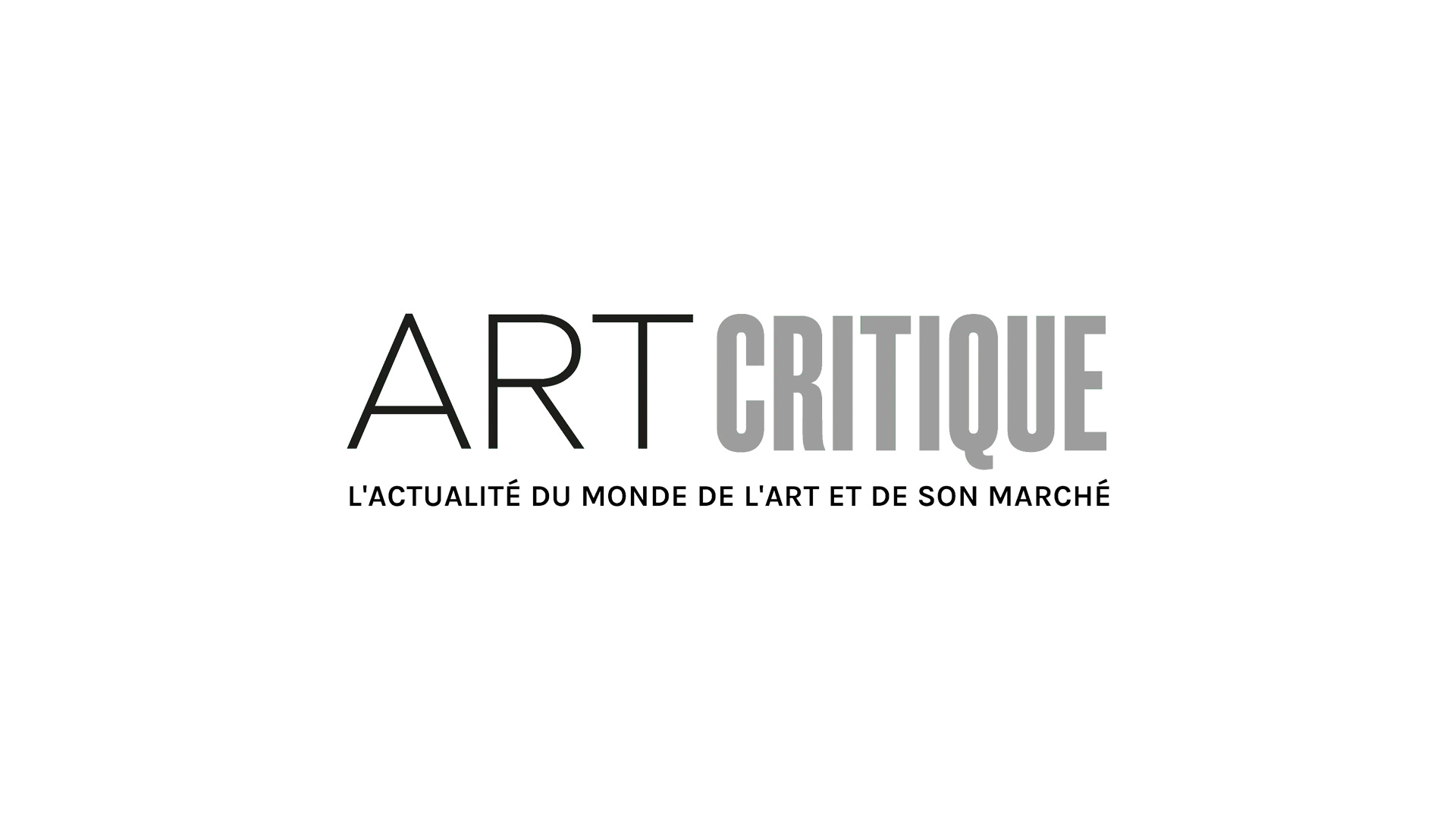Grand ideas often meet with great opposition. So it was for Christo and Jeanne-Claude when they presented their large-scale art installation, Surrounded Islands, to the City of Miami, FL in 1981. The artists proposed to encircle 11 islands in Biscayne Bay with more than 550 million square meters of pink fabric. Although the artists’ oeuvre included other monumental projects, such as the Valley Curtain in Colorado, U.S.A., Surrounded Islands marked the first time that their artwork would affect a large city. Few if any foresaw the profound transformation that the two-week site-specific installation would spark in Miami. The exhibition Christo and Jeanne-Claude: Surrounded Islands, Biscayne Bay, Greater Miami, Florida, 1980–83 | A Documentary Exhibition, currently on view at the Pérez Art Museum Miami (PAMM), celebrates the artists’ lasting legacy and the artwork’s role in the histories of the city and museum.
Christo and Jeanne Claude proposed Surrounded Islands at a time when Miami was embattled by a declining tourism industry and flagging economy. The city’s art community also struggled to attract the attention of the international art world. During the autumn of 1980, the then Director of the Center of Fine Arts (now PAMM), Jan van der Marck, persuaded Christo and Jeanne Claude to complete a project in Miami. After touring the tropical metropolis, Christo and Jeanne-Claude found inspiration in the form of a few Islands flanking the bridges connecting the City of Miami and Miami Beach. By enveloping the islands with pink fabric, they aimed for their installation to strike a harmonious contrast with the flora of the uninhabited islands, the Miami horizon, and the reflection of the water.
To address the concerns of environmentalists and politicians, the artists tested the pink fabric in advance and hired a team of experienced engineers and scientists to ensure the artwork would not negatively impact marine life. The scale – both temporal and physical – of the project was so ambitious that many citizens’ and city officials balked at the artists’ claims of using the sales of their preparatory drawings, studies, and early works to finance their project. It took the artists over a year to overcome the widespread skepticism and gain approval from the city of Miami.
Despite the initial concerns, the project had a positive impact on the bay. Before installation of Surrounded Islands could begin, crews cleaned more than 36 metric tons of garbage around the islands. Over 500 volunteers then worked tirelessly for a week to encircle all 11 islands with the pink fabric. To the hundreds of art handlers, engineers, fabric workers, and civil servants – and to the millions of people who would pull over on the drive to or from Miami Beach to admire the pink textile glittering over the bay – the installation invited a novel perspective on what art was and broadened their imaginations about what art could be.

Christo and Jeanne-Claude’s project created a domino effect that changed Miami and put it on the radar as an art destination. The first contemporary and modern art fair, Art Miami, began in 1989; consequently, the early 1990’s saw an influx of art museums and collectors, such as the Rubell family. International art fairs such as Art Basel Miami Beach soon followed in the 2000’s. Art and its advocates now play critical roles in the city’s tourism and real estate market and local citizen’s access to and knowledge of contemporary art is expanding.
The 35th anniversary of Surrounded Islands comes full circle with PAMM’s current exhibition, Christo and Jeanne-Claude: Surrounded Islands, Biscayne Bay, Greater Miami, Florida, 1980–83 | A Documentary Exhibition. Visitors can survey archival materials, touch the pink fabric, and view original artworks by the artists. This anniversary coincides with the founding of PAMM’s predecessor institution, Center of Fine Arts. Both the artwork and the museum’s histories are intertwined and demonstrate the vital role of art in Miami’s evolution from a struggling economy into an international destination. The exhibition will continue on view until February 17, 2019. Art Basel Miami Beach travelers should stop at the museum and partake in its anniversary celebration of art and pink.
Image: Installation view: Christo and Jeanne-Claude: Surrounded Islands, Biscayne Bay, Greater Miami, Florida, 1980–83 | A Documentary Exhibition, Pérez Art Museum Miami, 2018–19. Photo by Oriol Tarridas





